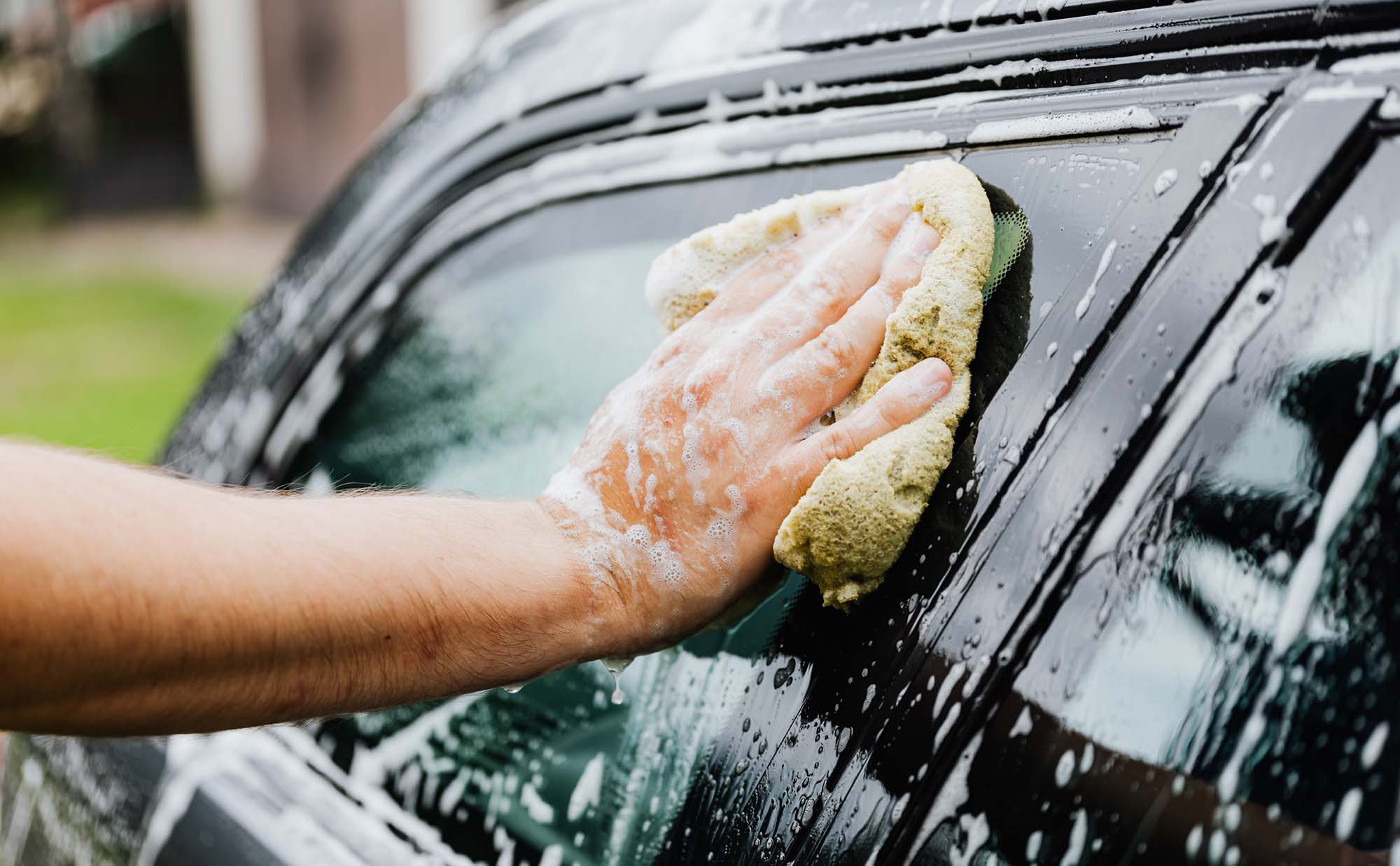In this post, we investigate whether oil additives deliver on their big promises. Here is a summary of what we know and think about oil additives.
Here’s a question we hear quite often at Parkside Motors:
“My car tire has a bubble on it. Is it safe to keep driving on it or does it need to be replaced right away? Help!”
A bubble in the sidewall of your tire can really only mean one thing. Your tire is made up of multiple layers, including an inner liner along with a nylon or polyester sidewall. When you see a golf ball-shaped bubble on the side of your tire it means that the inner lining has been damaged to the point of leaking air and the only thing between you and a blowout is the thin sidewall material.
Bubbles or bulges in the sidewall are normally the results of the tire’s inner liner being damaged from an impact that creates a small hole or tear and compromises the strength of the sidewall plies. In most cases, the impact that caused the damage was not severe enough to be noticed by the driver, yet it was strong enough to damage the tire. Impacts with curbs and potholes are the most common culprits. On occasion, a sidewall bubble can be caused not by an impact, but by a structural failure of the tire. In these limited occurrences, the tire can be replaced under the tire manufacturer’s warranty. Regardless of the cause of the damage, a bulge in the sidewall is a blowout waiting to happen at any moment and needs to be addressed.
Important Note: Some tires that have very tall sidewalls or operate at a higher inflation pressure can have visible indentations or undulations that might be mistaken for inner liner damage, but are completely harmless. You can read in-depth on this topic by clicking here, but I will quote the main point for you below:
When the tire is being cured, it is pressed against its metal mould. However, when the tire is mounted on a wheel and inflated to operating air pressures, it is free to expand. These overlapping splices may create slight indentations since the stretching capacity of the lap splices is slightly less than the rest of the body ply. In reality, the splices are the most reinforced area of the tire’s sidewall.
Final Word: When in doubt, give us a shout. You can always take a quick snapshot of your tire and send it along to us, we can let you know right away if you are safe to hit the road or if your next stop needs to be at the shop.




